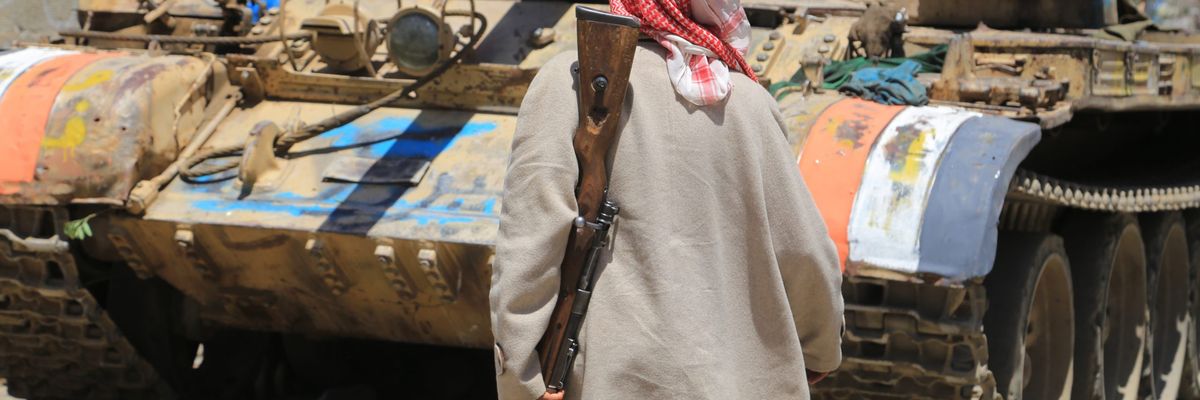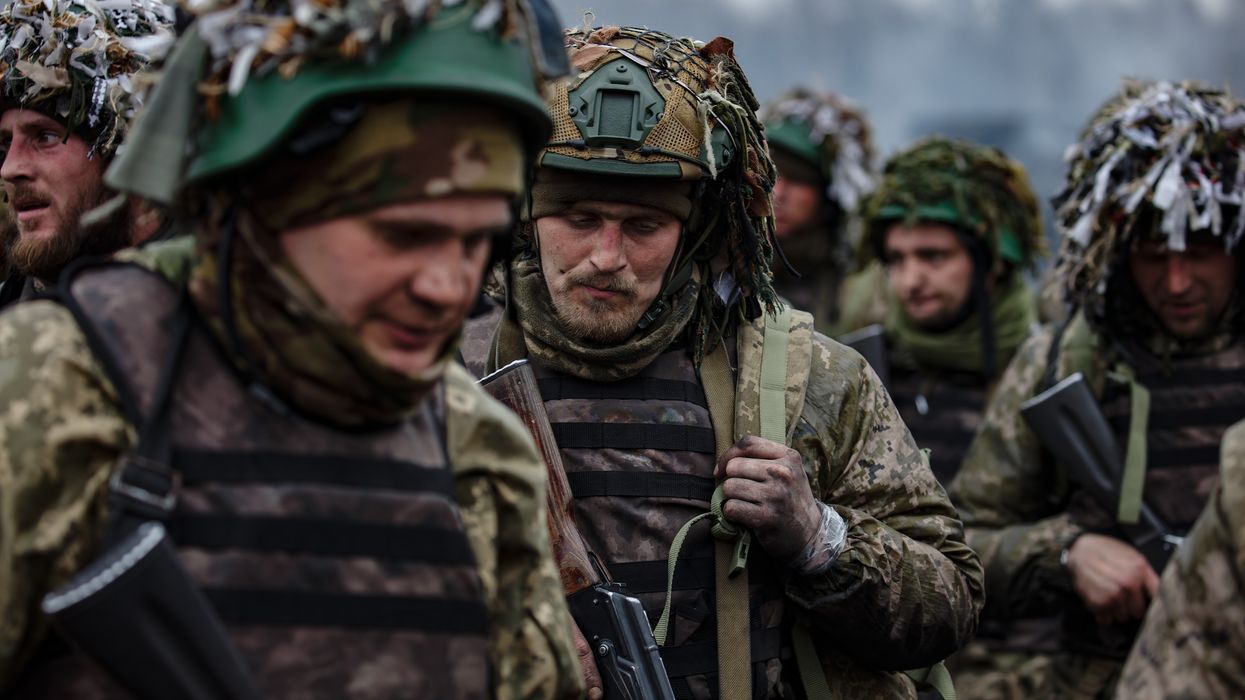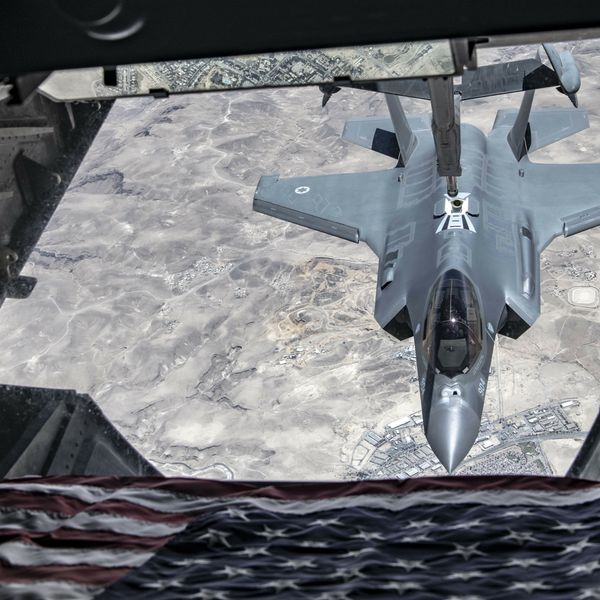As the hot, virus-ridden summer of 2020 unfolds, it seems that the Middle East is a tinderbox that, at any time, could be set ablaze by the actions or miscalculations of any number of rivals. Still, the Middle East and North Africa (MENA) region is unlikely to fall off the precipice of uncontained military confrontations. Faced by the human and economic ravages of COVID-19 and enduring—if precarious—stalemates in myriad conflict zones, including the Gulf, Yemen, Syria, and Libya, the region’s leaders are likely to keep well back from the brink. The upcoming US elections are adding to their grudging prudence. With the twin upheavals of the pandemic and nationwide protests against racial injustice—not to mention President Donald Trump’s missteps—Middle East leaders must now contend with the possibility that Joe Biden will prevail in the presidential election on November 3. In light of so much uncertainty, waiting the summer out rather than looking for trouble seems to be the far better option.
A Gathering Storm?
The Middle East appears to be facing a gathering storm. The Trump Administration’s efforts to push the UN Security Council to reimpose an arms embargo on Iran attests to the White House’s resolve to sustain “maximum pressure.” Tehran has responded with its own form of “maximum resistance.” The policy is manifest on many fronts, from the recent harassment of US warships in the Gulf by Islamic Revolutionary Guard Corps boats to Iran’s continued support for regional non-state allies in Lebanon, Iraq, and Yemen. The internal conflicts in these three countries are at a boiling point: a toxic brew of sectarian tension, economic crisis, and COVID-19 could bring down the governments of Lebanon and Iraq. In Yemen, efforts to forge a cease-fire and Saudi-Houthi negotiations have both collapsed.
Hopes for some kind of peaceful settlement in Syria remain remote. Despite speculation about being forced out, Bashar al-Assad is firmly in place, with Moscow and Tehran in no hurry to push for a political solution that might usher in a different regime. After Turkey’s bid to challenge these realities provoked military retaliation from Russia in February, Ankara settled for a precarious cease-fire in Idlib. At the same time, it shifted some military weight to Libya, where it is now engaged in defending the officially recognized Libyan government against an alliance supported by Russia, Egypt, the United Arab Emirates, and indirectly, Israel.
As for Israel, its fragile government has forged closer links with Iran’s Gulf adversaries. Whatever their declared misgivings about Israel’s impending annexation plans, the leaders of the UAE and Saudi Arabia seem more interested in deepening relations with Israel and the United States than in backing the Palestinians. Under these unstable conditions, the prospects for another round of bloodletting, especially along the Gaza-Israel frontier, will surely grow. Once that fuse is lit, others could follow.
US-Iranian Tensions in a Holding Pattern
Still, a closer look would suggest that the region’s leaders are unlikely to overturn a perilous status quo that for them could be far preferable to the black hole of unleashed military confrontations. Take, for example, the intersecting conflicts generated by the continued tensions between the United States and Iran, on the one side, and their respective state and non-state friends on the other. The Trump Administration shows no readiness to bend in its effort to bury what is left of the Joint Comprehensive Plan of Action (JCPOA) or to relent in a policy of maximum pressure that helped upend Iran’s entire economy. But on neither of these two related fronts is it meeting with success; on the contrary, the administration has elicited opposition from the Europeans and the Iranians that underscores the limits of a US approach dominated by tactics rather than clear strategy.
The Trump Administration shows no readiness to bend in its effort to bury what is left of the Joint Comprehensive Plan of Action (JCPOA) or to relent in a policy of maximum pressure that helped upend Iran’s entire economy.
This much was evinced by the following statement, issued by Britain, France, and Germany on June 19: “[W]e have stated unequivocally our regret … at the decision by the United States to withdraw from the JCPoA and to re-impose sanctions on Iran … As E3, we have fully upheld our JCPoA commitments, including sanctions-lifting as foreseen under the terms of the agreement.” This statement signals that European leaders will not back the White House’s effort to push the UN Security Council to produce a new resolution designed to reimpose (or extend) an arms embargo on Iran. The Europeans share Washington’s concerns regarding Iran’s ballistic missile capacity and the need to address this critical issue, one left unaddressed by the JCPOA. However, they are ready to do so only by reestablishing the JCPOA as the diplomatic starting point.
Thus it is not only Russia and China that will heed Iran’s call to resist Washington. Absent a genuine effort by the White House to consider a real diplomatic process—and despite the Europeans’ clear misgivings about Iran’s decision to violate limits on enrichment set out in the JCPOA—European leaders will continue to practically side with Tehran, Moscow, and Beijing. Moreover, they will do so knowing that Washington has few, if any, good military options. Indeed, with American elections just on the horizon and a US president who has demonstrated in words and deeds that despite the incoherence of his policies, he prefers talking over fighting, world leaders are calling Trump’s obvious diplomatic bluff. To be sure, a desperate president might suddenly back an attack on Iran—especially if Tehran and its allies provide the pretext—but the odds favor US restraint.
The odds also favor a policy of Iranian strategic restraint, though such an approach would not preclude force. On the contrary, as Iranian military leaders have emphasized—and attacks by Iran-supported groups in the Gulf attest—that despite the challenges posed by the pandemic and plummeting oil prices, Tehran is committed to maintaining support for pro-Iranian forces in Iraq, Lebanon, and Yemen. Iranian leaders’ devotion to this policy of resistance rests on their belief, with good reason, that those non-state forces provide an effective deterrent to possible US or Israeli attacks.
However self-serving, Iran’s Supreme Leader Ayatollah Ali Khamenei seems convinced that by revealing what he calls the “true nature and character” of the US government, the situation in the United States is working to Iran’s diplomatic advantage.
Moreover, Iranian leaders sense that the recent tide of global protests against racism provides a possible bridge of solidarity with Iran and its resistance to western governments. It is noteworthy that the repression by Iranian security forces of domestic resistance in Iran in November 2019 underscores the hypocrisy of such claims. But however self-serving, Iran’s Supreme Leader Ayatollah Ali Khamenei seems convinced that by revealing what he calls the “true nature and character” of the US government, the situation in the United States is working to Iran’s diplomatic advantage. “When,” as he recently put it, “the people chant …. ‘We can’t breathe’ … this is in fact what all nations—which have fallen victim to America’s oppressive presence, usurpation and actions—want to say from the bottom of their hearts.” For Khamenei, such sentiments illustrate Trump’s domestic isolation for the entire world. In light of these statements, it is hardly surprising that Foreign Minister Mohammad Javad Zarif recently asserted that Trump’s reelection chances “have seriously decreased compared to four to five months ago.” With the possibility of a Joe Biden victory, Tehran has an incentive to signal its desire to keep diplomacy alive. The December 2019 exchange of two prisoners—and even more so, Tehran’s May 20 statement that it is ready for a full prisoner exchange “with no preconditions”—offer a glimpse of gains that both sides might secure from favoring diplomatic channels over direct confrontation.
Containing Regional Conflict and US-Iran Escalation in the Gulf
June 6, 2020 marked the third anniversary of the air, land, and sea embargo imposed on Qatar by Saudi Arabia, the United Arab Emirates, Bahrain, and Egypt. One goal of the embargo was to punish Qatar for sustaining diplomatic and trade relations with Iran. By trying to bring Doha to heal, Saudi Arabia and the UAE signaled Tehran—and of course the United States—their determination to counter Iranian influence. This may explain why Trump initially backed the embargo, only to shift ground when his advisors reminded him of the critical role that Qatar plays in Washington’s Gulf security strategy. Indeed, US concerns about Qatar’s financial support for Muslim groups in Egypt and Libya were not sufficient to deter the United States and Qatar from reinforcing their security cooperation during the first months of the embargo. Qatar, which hosts—free of charge—the largest US air base in the Middle East, further mitigated its potential isolation by supporting the creation, in 2018, of an annual Qatar-US strategic dialogue. On the economic side, it took measures to circumvent the trade embargo. Indeed, in 2019 Qatar imported $32.69 billion worth of goods; it also maintained a positive trade balance and a current account trade balance equivalent to 5 percent of economic output. While the global recessionary impact of COVID-19 has cut the gas and oil income, Qatar’s central bank has put in place a $20.5 billion stimulus package to support the private sector.
US concerns about Qatar’s financial support for Muslim groups in Egypt and Libya were not sufficient to deter the United States and Qatar from reinforcing their security cooperation during the first months of the embargo.
This response speaks to a wider reality, namely that Doha has used the blockade to galvanize national pride and support. To the consternation of the UAE and Saudi Arabia, Qatar has played its cards deftly by offering to mediate the conflict between the Trump Administration and Iran, even as it has sustained its natural gas joint ventures with Iran and, with a boost from Oman, has moved to increase non-oil and gas trade relations with Iran. Qatar’s emir, Sheikh Tamim bin Hamad Al Thani, visited Tehran in January 2020 where he declared that Iran’s provision of “good aid to the Qatari nation … cannot be forgotten”; his words underscored Doha’s success in maintaining close ties with both the United States and Iran, Washington’s chief regional adversary. Having quit OPEC and suspended talks to end the Gulf crisis, Doha’s next step might be to leave the Gulf Cooperation Council. While this move would probably feed the resolve of the UAE and Saudi Arabia to maintain the embargo, Doha’s ability to “roll with the punches”—as one expert notes—gives Washington and Tehran another reason to avoid a major military confrontation in the Gulf.
Saudi Arabia and the Yemeni Conflict
Yemen provides an additional arena for a US-Iran proxy conflict, one whose economic aftershocks have been felt across the globe. Backed by Iran, Houthi forces have sustained their military assaults, thus depriving Saudi Arabia and the UAE of any hope of using military force—and air power, especially—to impose order on Yemen’s fractious land. The September 2019 Houthi drone strikes on Saudi oil fields show that Iran will continue to view the Houthis as a vital, if undisciplined, asset in a wider policy of directed deterrence. So long as the US-Iran conflict endures, outside powers in general—and Iran in particular—will have little incentive to push the key protagonists to end Yemen’s civil war.
Hopes for bringing the key forces together around the negotiating table were momentarily buoyed in September 2019. The push for talks came from Saudi Arabia which, apart from smarting from the Houthi drone attack on its oil facilities, was now facing an increasingly unfavorable geostrategic map due to the UAE’s moves to draw down its forces in Yemen. In addition, the Houthis’ use of long-range ballistic missiles, not to mention their precise drones, posed further dangerous threats. Vice Minister of Defense Khalid bin Salman’s April 8, 2020 tweet that the kingdom “has always been committed to reaching a comprehensive political settlement in Yemen” underscored Riyadh’s growing concerns. Indeed, the ensuing unilateral declaration of a two-week cease-fire by the coalition forces seemed to reinforce the apparent desire of the UAE and Saudi Arabia not only to merely halt the bloodletting but also to search for a permanent political settlement.
Faced by a precipitous decline in oil income, Saudi Arabia can no longer afford the Yemeni war bill, which in 2019 averaged some $5-6 billion a month.
Faced by a precipitous decline in oil income, Saudi Arabia can no longer afford the Yemeni war bill, which in 2019 averaged some $5-6 billion a month. Moreover, with COVID-19 cases reaching some 70,000 by mid-April, Riyadh desperately needed a reprieve from the fighting. As for the Houthi forces, their April 8 ballistic missile attack on Marib signaled their resolve to continue military operations. It is hard to tell whether this attack was driven by a perception of Saudi weakness and/or by the desire of the Houthis’ Iranian allies to ensure that Yemen continues to play a key role in Tehran’s deterrence strategy. What is clear is that while the Yemen conflict will endure, it will probably do so without necessarily inviting the kind of major military escalation that none of the key local and regional parties—including Iran—are seeking.
The UAE Looks West to Libya
As the UAE has moved to attenuate its military involvement in Yemen, it has expanded military operations in Libya. While it has declared its desire for a political settlement, the UAE’s expanding support for Libyan General Khalifa Haftar actually weakens what the UAE, Saudi Arabia, and Egypt view as their larger strategic enemy: political Islam. Turkey’s entrance into Libya has inflamed matters. With the conflict escalating, Libya’s neighbors face security threats along their borders and in their major population centers as well. The prospects for a wider destabilization in the Maghreb have prompted calls from the international community for a lasting cease-fire and serious negotiations. But the January 2020 Berlin conference provided little hope for progress since it was attended by many of the countries that have fueled the Libyan imbroglio.
Leaders’ Double Responsibility
The MENA region seizes with intersecting conflicts that have yet to reveal their full and lethal potential for conflagration. During this hot summer these conflicts will probably be kept at bay by a ruinous pandemic and the uncertainties of a US political scene whose dramas continue to grab global attention. But however potentially dangerous the summer may be, it remains the responsibility of the region’s leaders to work on two simultaneous tracks. First, they must boldly consider the calamities that will befall them if they simply continue to live with rather than address the dangers at their door. Second––and in that spirit––they must work assiduously toward finding workable compromises that preserve and protect the interests of their peoples in regional peace and stability.
This article has been republished with permission from the Arab Center Washington DC.
















